[ad_1]
As artists, we come upon a large volume of terminology although investigating, reading and speaking about our products. In this instalment of the ‘Art Conditions Explained’ series, we describe the this means of sure generally-made use of words and phrases, phrases and terms in the context of watercolour painting.
Bead / Beading Up
Watercolours have a tendency to collect in pools and possess a resistance to the floor on metallic or plastic surfaces. This can confirm aggravating when seeking to blend with them on a palette. The watercolour beads less and less the additional you use a palette. Numerous watercolourists make it a routine to treat a new plastic or metallic palette by giving it a mild scuffing all over with a Brillo pad, to protect against beading up. Alternatively, you can choose to use a porcelain palette on which watercolour paints do not bead.
Brush Soap
Brush soap is a kind of cleanser that is primarily formulated with natural oils to moisturise and cleanse brush hairs, so that your brushes maintain their condition and hairs for for a longer time.
Buckle / Buckling
Buckling (or cockling) happens when moisture soaks into the fibres in paper, creating them to swell and the paper to contort and misshapen. You can keep away from this by working with watercolour paper blocks, which are glued on all four sides, maintaining the sheets taut as you paint on them, or by manually stretching your paper prior to use.
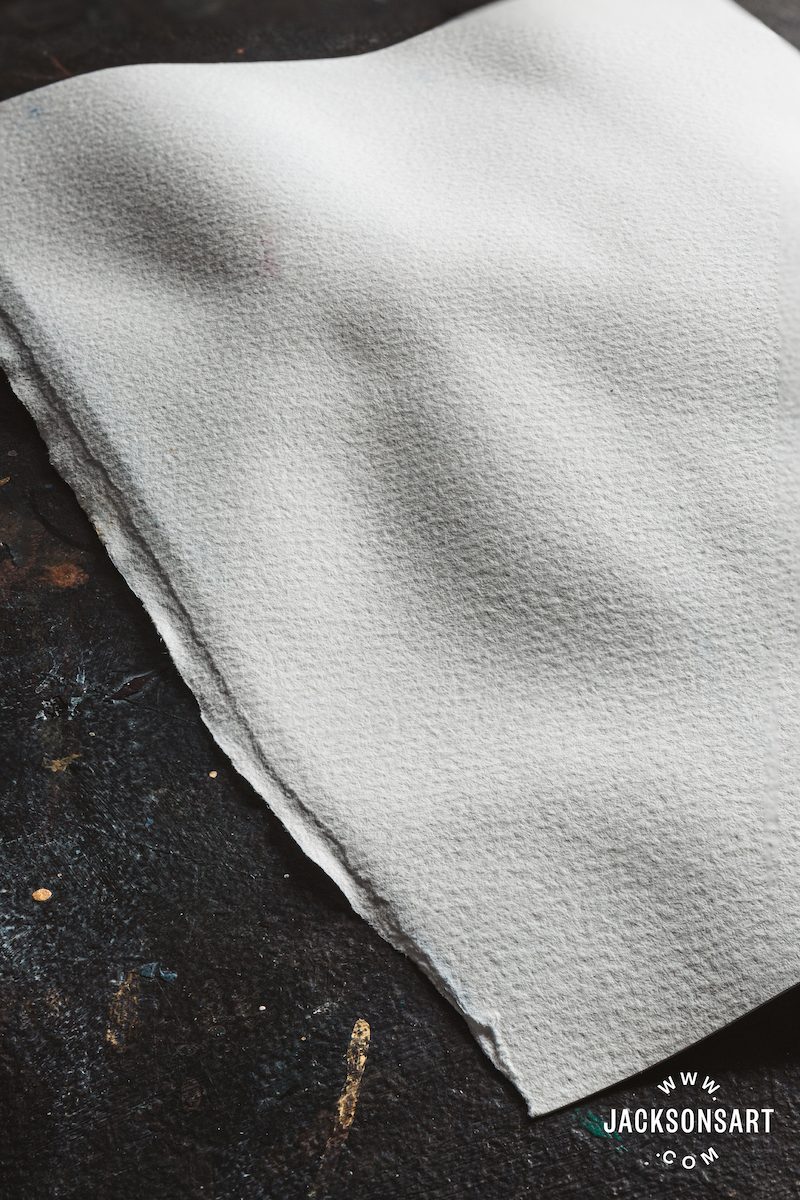
Cold Pressed Paper
Paper created by pressing the sheet by means of cold metal rollers. It has the classic, irregular, softly dimpled surface that is associated with watercolour and is the most preferred watercolour paper surface to function on simply because it is effectively adapted to lots of portray approaches. It tends to be a lot more absorbent than hot pressed paper which is extra compressed. In the Uk this paper is termed Not, as in ‘not very hot pressed’.
Color Toughness
Colour strength – also recognised as ‘saturation’ – fundamentally refers to the ratio of pigment to binder (two elements identified in watercolour paints). It is a description of how lively/fantastic/thoroughly clean the colour seems.
Dry Brush Approach
When watercolour paint that is undiluted and hence rather dry or ‘gummy’, is used with a dry brush to paper. The influence is chalky in visual appearance, and saturated in color, and generally would make for a dramatic contrast versus extra sensitive, watery, watercolour washes. A pretty productive and extraordinary method for creating textured surfaces in watercolour painting.
Flat Wash
The use of a single diluted color to go over the white of the paper in a comparatively unsaturated and uniform way. See ‘washes’ for additional facts.
Stream
The word move refers to how cellular the paint is, and how very easily it transfers from the brush to the paper or area. Mediums can be added to alter circulation.
Fugitive Colour
Refers to non-lightfast paints (see permanence), these kinds of as Opera Rose or Rose Madder. They fade, or transform colour, when exposed to daylight. Typically it is encouraged to adhere to colours that have been rated of exceptional or quite very good lightfastness (they may possibly also have the classification of becoming ‘I’ or ‘II’) if you are intending on exhibiting or displaying get the job done on a wall, as opposed to maintaining it in a e-book or portfolio. Recall, even incredibly lightfast paints are rated as “lightfast when held out of direct sunlight.”
Glaze
A glaze is when a dilute colour is used throughout the floor of a watercolour painting that has been left to dry entirely – the result of executing this is to tint the complete area with the color of your clean. See ‘washes’ for additional particulars.
Gum Arabic
A drinking water-soluble gum that is extracted from two species of the acacia tree, which is used as a binder in the manufacture of watercolour paint. It can also be extra to the paint by the artist to improve transparency and how glossy in visual appearance the paint is.
Granulation
Granulation in watercolours is an impact wherever instead of a easy location of colour, the pigment particles settle out and develop a speckled overall look. When watercolour pigments ‘granulate’, they variety modest dots and/or groups of flakes that are visually obvious. Some colours have a organic inclination to granulate extra than other individuals, and watercolourists sometimes consider advantage of them to incorporate texture. There are mediums that can be added to improve granulation.
Ground
Watercolour grounds are acrylic-primarily based primers developed to deliver a suitable total of absorbency to a floor, so that it is completely ready for watercolour to be utilized. For instance, they can be made use of to adapt any universally primed canvas for watercolour portray.
Gummed Tape / Gumstrip
Gummed Tape is a variety of tape utilised for stretching watercolour paper. One particular aspect of the tape is coated with a glue which is water activated, indicating it becomes sticky when moistened, allowing it to strongly hold watercolour paper to a board. Unlike masking tape it is water-resistant following it dries again and it does not stretch.
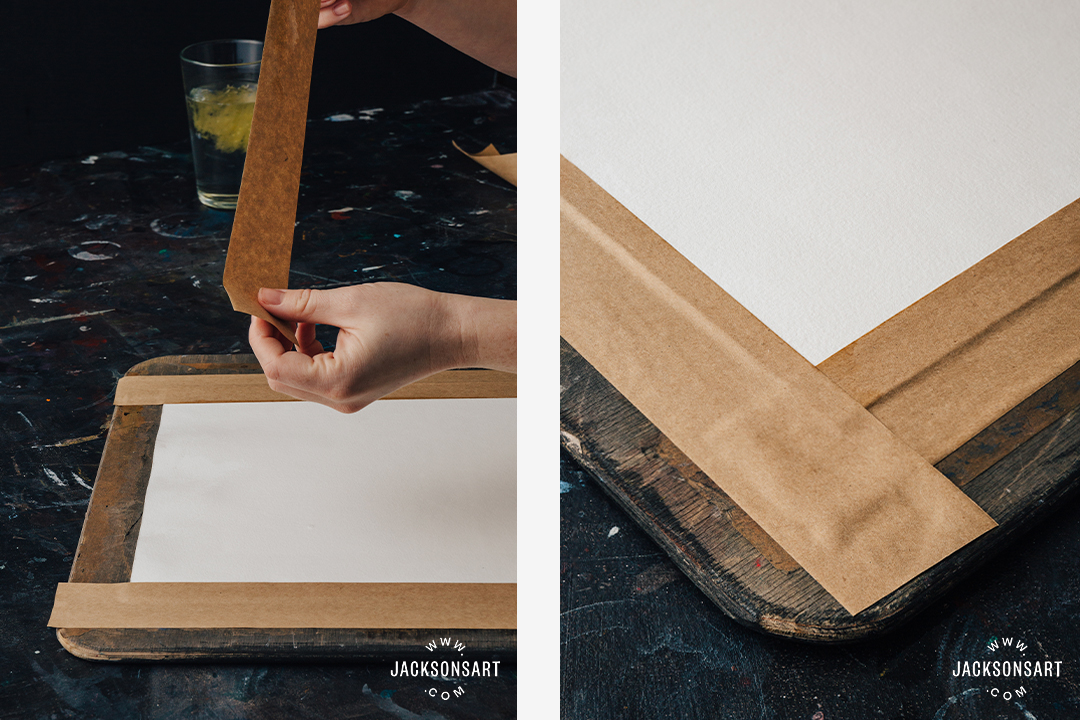
Hot Pressed Paper
Incredibly hot Pressed Paper is paper that has been pressed involving sizzling metal rollers throughout production. It is the smoothest of watercolour papers. It tends to be the the very least absorbent of all of the textures and lends alone to highly-specific work such as botanical painting.
Lifting
As watercolour remains soluble in drinking water even just after it is dry, it can be reactivated with a moist brush and ‘lifted’ from the surface with a rag. This system removes some of the pigment from the paper, making the paint look on the site.
Masking Fluid
Masking fluid is often acknowledged as ‘liquid frisket’ and is utilized to mask off spots of your operate. It is painted on with a brush, silicone software or ruling pen and after dry you can then paint watercolour around the major. The masking fluid is then peeled off, leaving untouched simple parts of paper beneath. Practical for reserving the white of the paper for highlights and other compact white spots of the painting.
Mass Tone
The visual appearance of the color of the paint as it arrives from the tube, as opposed to undertone.
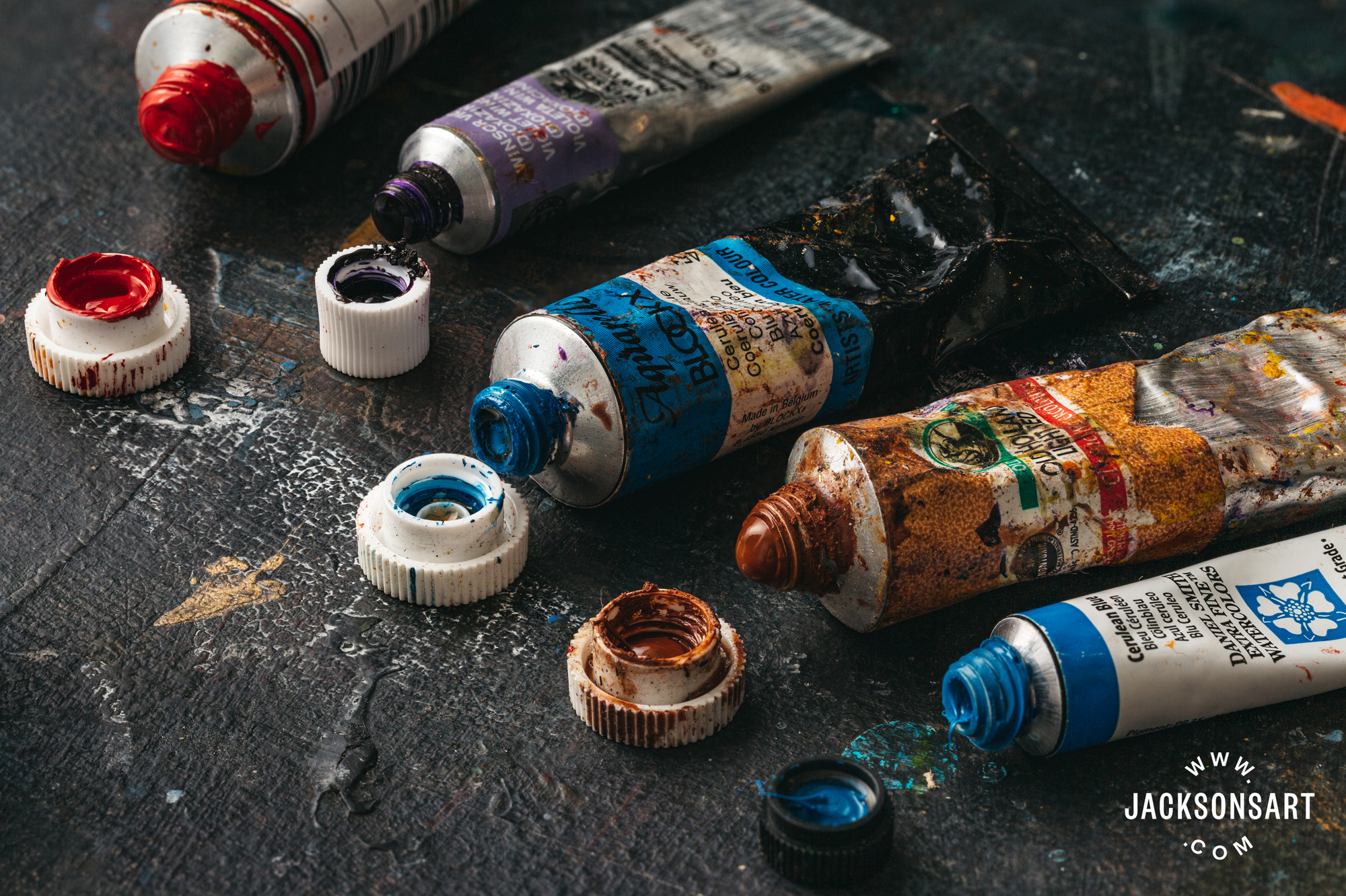
Medium
An additive that is mixed with by the artist in purchase to assist manage how the paint behaves – which includes its texture, how it flows, how it lifts from the paper, how rapid it dries and its sheen.
Purely natural Hair Brushes
Purely natural hair brushes are built making use of animal hair, this kind of as sable or squirrel. An different would be synthetic brushes.
Ox Gall
Ox gall is employed in watercolour as a wetting agent – ie. It improves circulation, reduces beading up and permits for increased adhesion on to presently dried layers of watercolour paint. It is manufactured from the gall of cows combined with alcohol. Lots of watercolours have ox gall or a artificial substitute, as an ingredient. Use ox gall sparingly as an additive by putting a several drops in your clear h2o container.
Pans
Pans are plastic vessels in which dried watercolour is saved. The color is taken from a pan by dragging a damp brush around it. The paint may well be poured into the pan and left to dry or extruded like clay and positioned in the pan as a dried cake. There are two typical dimensions: half pan and total/whole pan, although there is a compact variation in dimension involving brands.
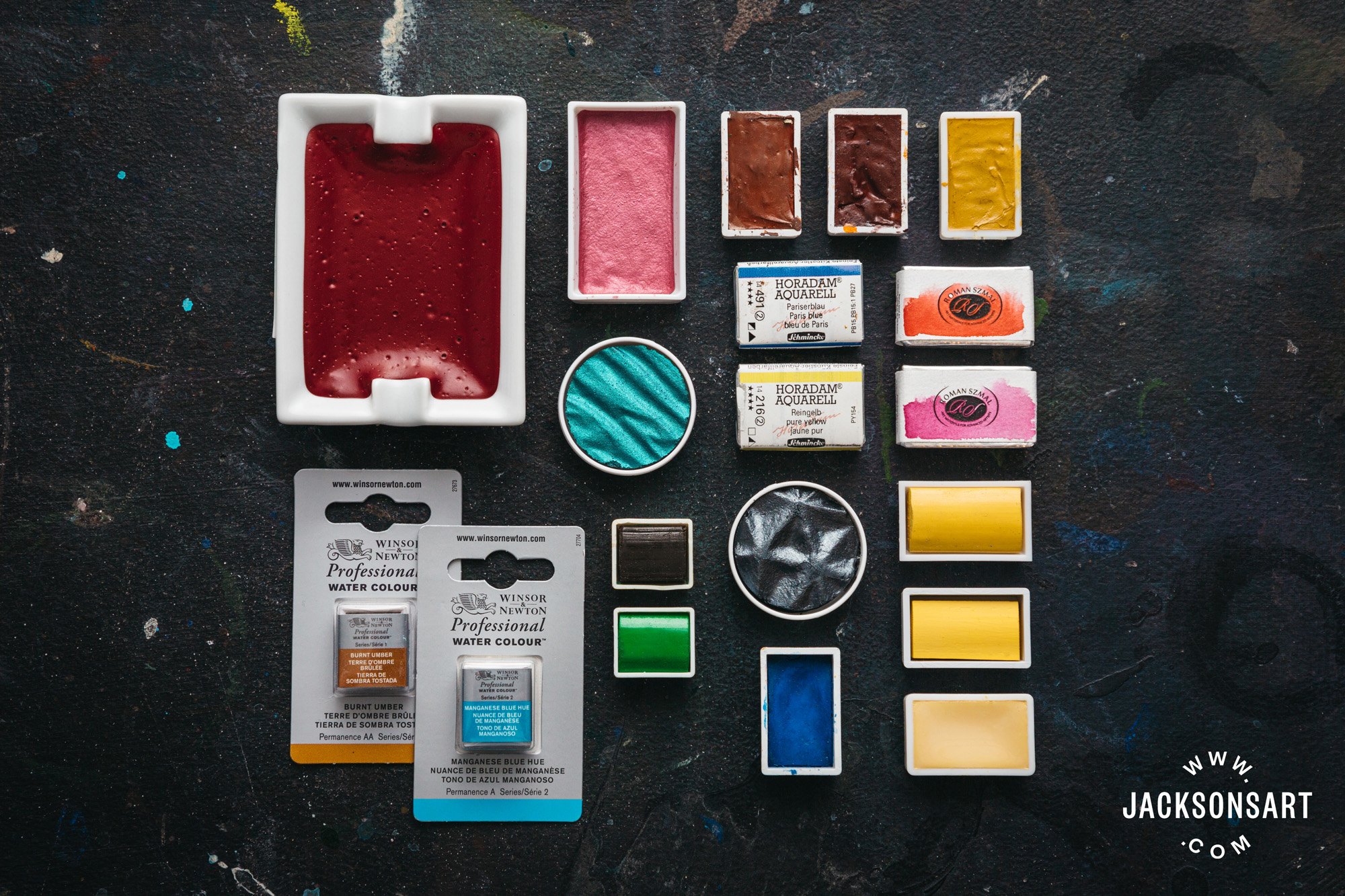
Permanence
Permanence normally takes into thing to consider the results of several things on the security and overall look of pigments, which includes humidity, mild, warmth, drinking water, acidity, alkali concentrations etcetera. The permanence of a paint will be indicated on the label utilizing a rating technique decided by the maker and stated in the manufacturer’s colour chart or on their internet site. Be informed that some artists and companies use it as an equal to ‘lightfast’.
Pigment
A pigment is finely ground color made either in a laboratory or from in a natural way colored rocks. When mixed with gum arabic as the binder it makes watercolour paint.
Primer
Watercolour primers and grounds can be used to a selection of materials including canvas, wooden, stone, ceramic and plastic to produce a surface area that is absorbent more than enough to maintain purposes of watercolour and optimise the visual appeal of colours and marks.
Tough Paper
The most textured paper readily available – it is pressed between sheets of textured felt in the course of the drying approach and is not pressed between sleek rollers. The heavier textured area signifies that granulating effects are improved.
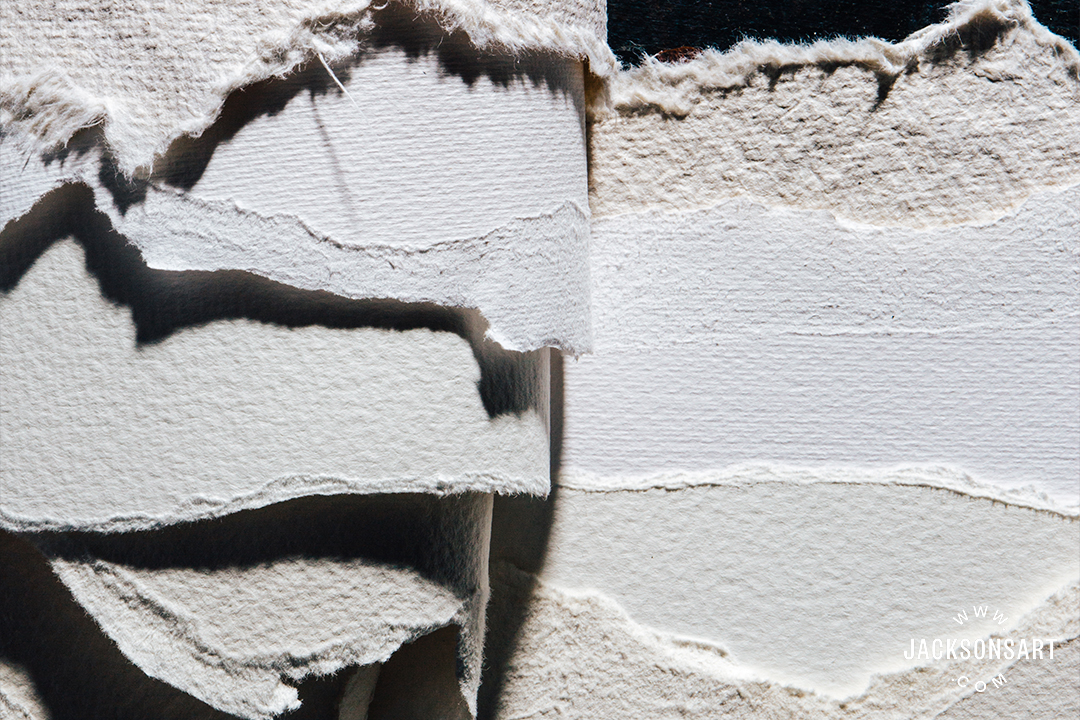
One Pigment Colours
Specified colours of paints that only comprise a person pigment. It is easier to blend shiny and vivid colors applying one pigment colours and color mixing is additional predictable. Artist grade paint ranges have as several one pigment colours as they can. But when a “hue” is required to switch a pigment that is no extended out there, or a combination of pigments has been identified that can give a lightfast substitute to a fugitive colour, or a harmless option to a toxic color – then these look-alikes are normally produced of additional than just one pigment. Popular artist mixes are also offered as “convenience colours”, these kinds of as some greens, violets and oranges. Having said that, some colours can only be designed with a mixture of pigments – well-known colors this sort of as Quinacridone Gold have to be combined as the original pigment is no longer offered.
Staining
Staining refers to how a great deal of the pigment will not raise from the paper immediately after currently being blotted with a damp sponge. Some pigments are more staining than many others and some brands will record this characteristic for their paints.
Sticks
Watercolour sticks are dried and remarkably-pigmented watercolour in a skinny brick or crayon kind. They can be applied in the identical way as pans or they can be used as a drawing software, held and applied in the exact same way you would use a crayon or pastel.
Extend / Stretching
To extend watercolour paper is a approach of making ready it prior to painting. It includes soaking the paper in drinking water right until it swells and expands prior to repairing it to a board (ordinarily with gumstrip all over the edges) then letting it to dry in advance of portray. This system is utilized to prevent buckling. There are also watercolour stretching frames.
Synthetic Brushes
Synthetic brushes are an economical and challenging-donning different to All-natural Hair Brushes. They are designed making use of synthetic supplies, as opposed to animal hair.
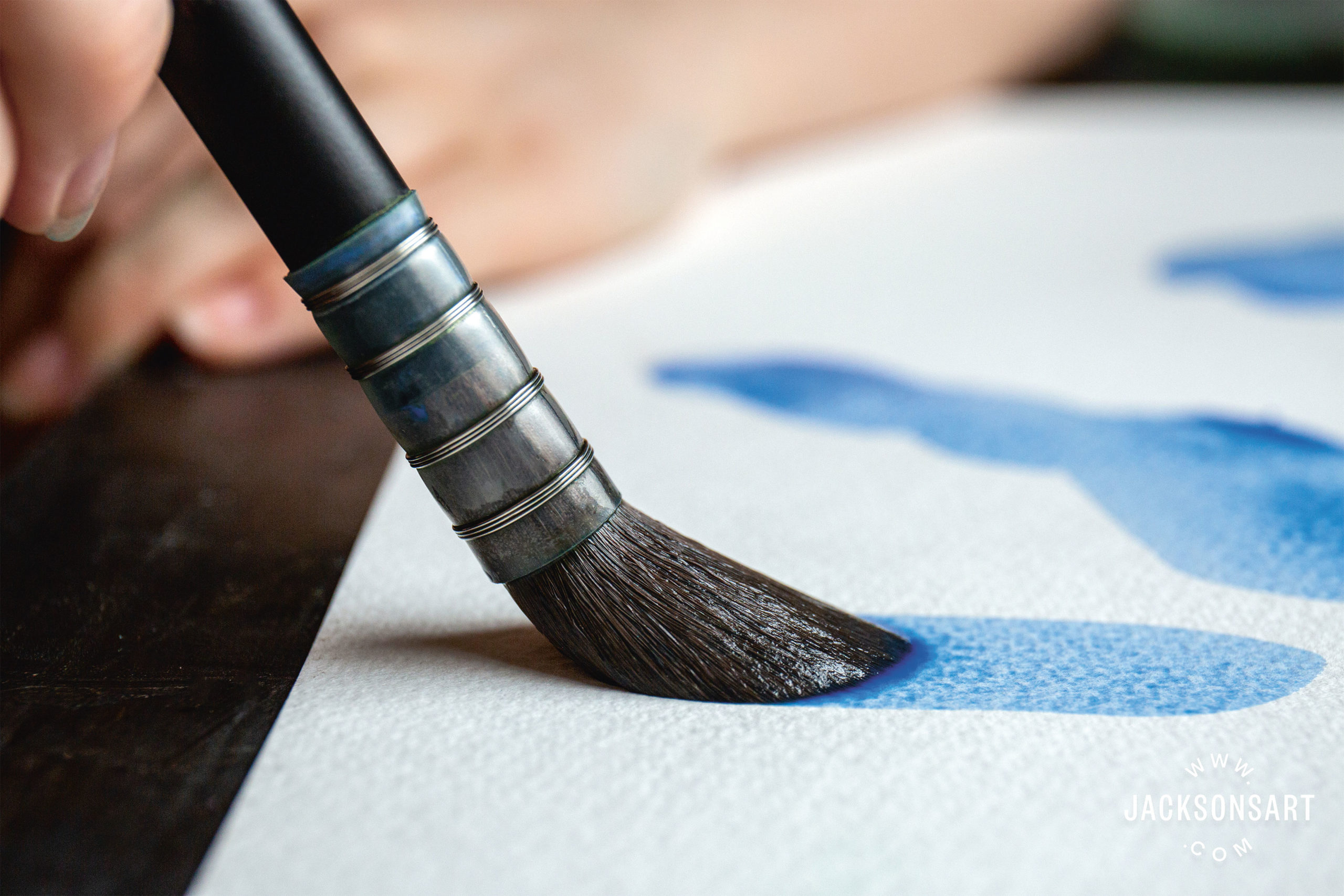
Jackson’s Raven Mop brush, a artificial substitute to squirrel brushes.
Transparency / Opacity
The evaluate of how considerably light is capable to move by means of an used paint and interact with the surface beneath. Transparent paints surface more luminous on a white support simply because they make it possible for a larger sized proportion of light-weight to hit the surface they’re laying on. Opaque paints block this reflection from transpiring, and can be made use of to protect layers of colour underneath. Watercolour paints are generally clear colours.
Tubes
Tubes consist of moist watercolour that can be squeezed onto a palette to paint with or into empty pans.
Undertone
Undertone is the bias attribute of a colour when applied across a surface in a skinny film, e.g. Ultramarine blue would be reported to have a reddish-blue undertone.
Washes
A ‘wash’ refers to the system of generously implementing diluted watercolour paint onto a surface area or an current painting resulting in a semi-clear layer of colour. Washes are commonly utilized with a broad brush with normal hair that can keep a good deal of fluid. See Flat Clean and Glazed Wash for examples.
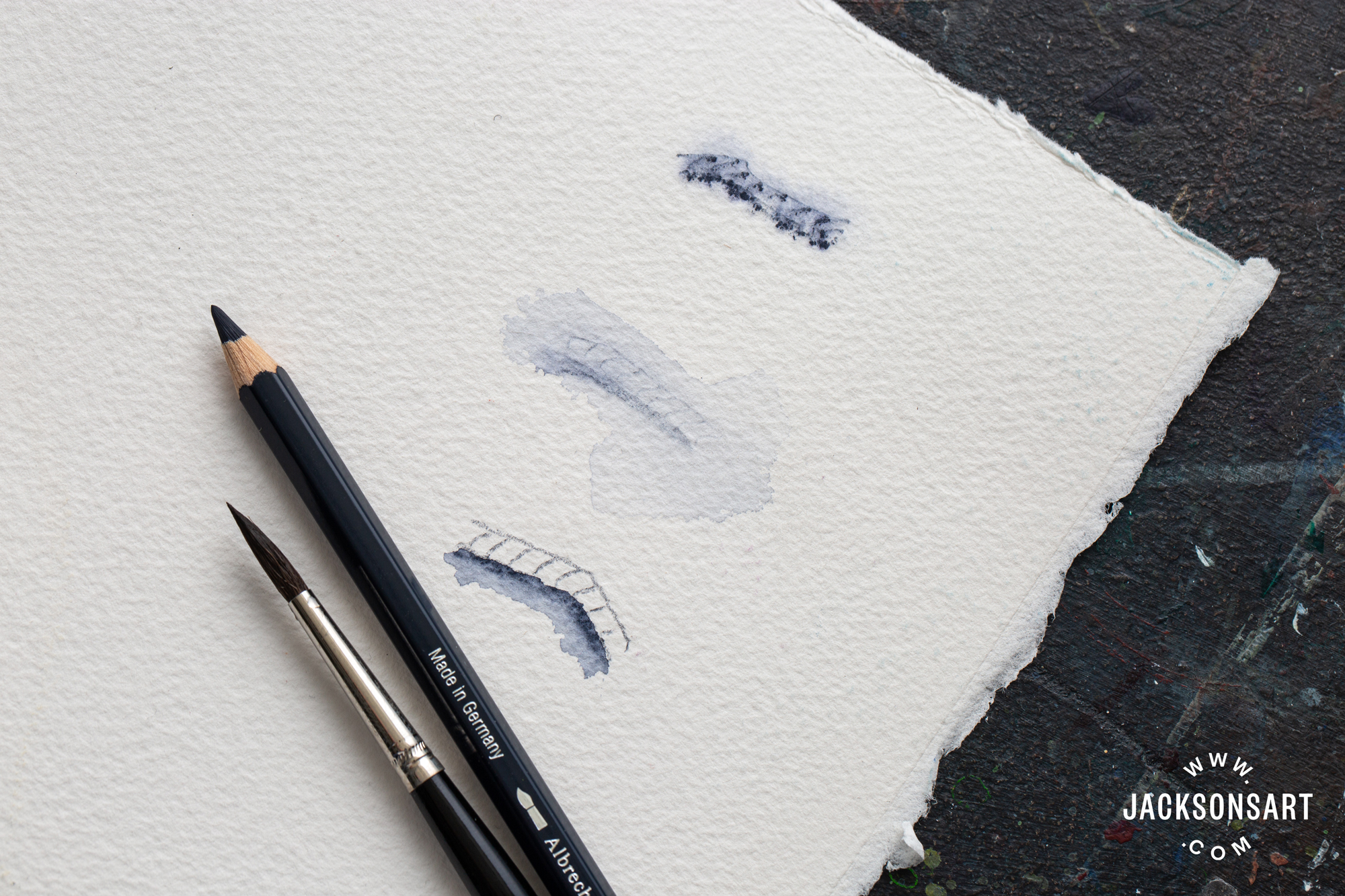
Watercolour Pencils
Watercolour pencils are watercolour paint in a pencil structure. They are convenient, multipurpose and transportable portray equipment that are cleanse and uncomplicated to use. They can be employed dry as standard colored pencils, or like pans (extracting colour applying a moist brush), or they can be dipped into water and drawn with, producing intensely saturated marks. You can also attract with them on to soaked paper and they are specifically helpful for incorporating high-quality traces.
Even further Reading:
Making Beeswax Impasto Medium For Oil Portray
Dimension, Primer, Gesso And Ground Stated
All the things You Have to have To Know About Oil Painting Paper
A Guidebook To Oil Portray Mediums
Art Phrases Defined: Oil Portray
[ad_2]
Supply hyperlink



